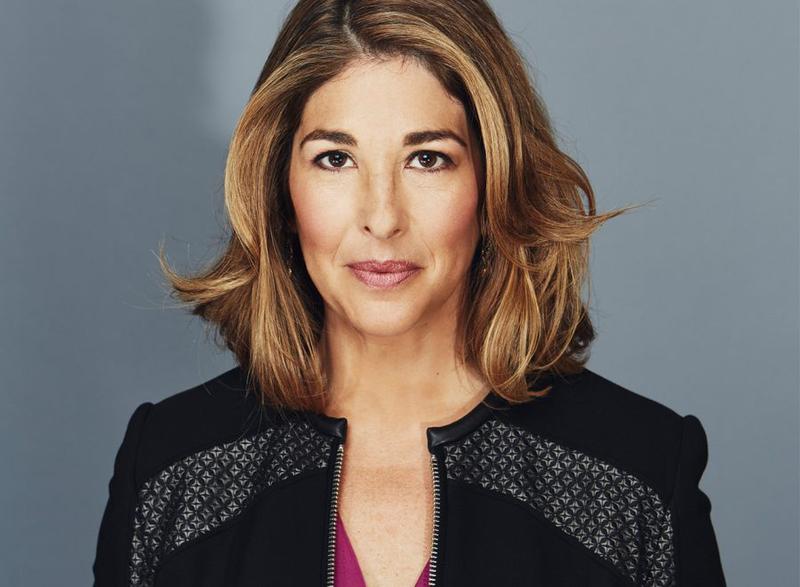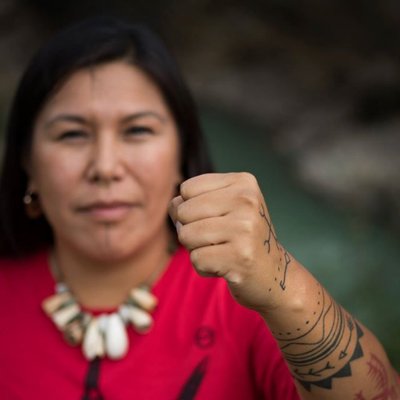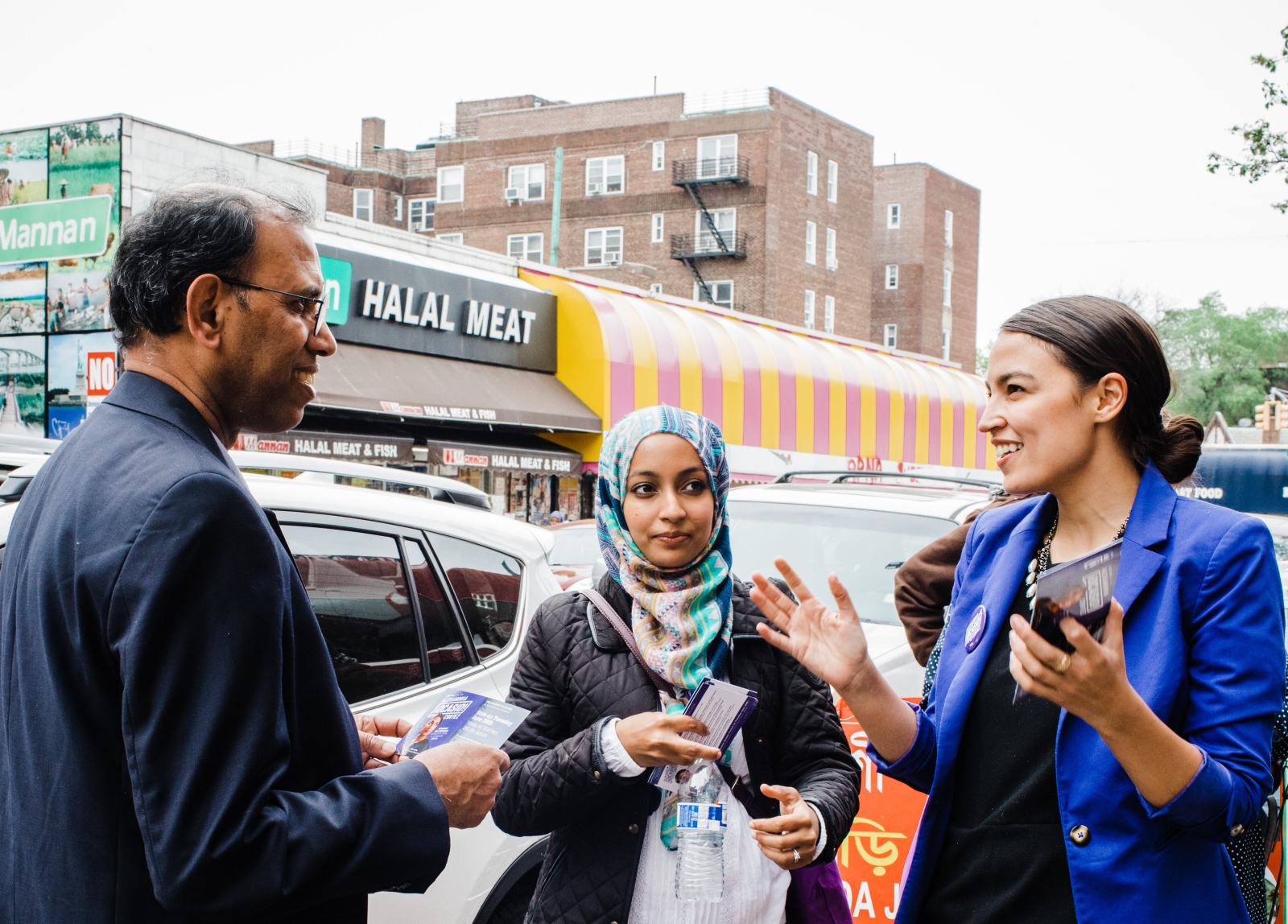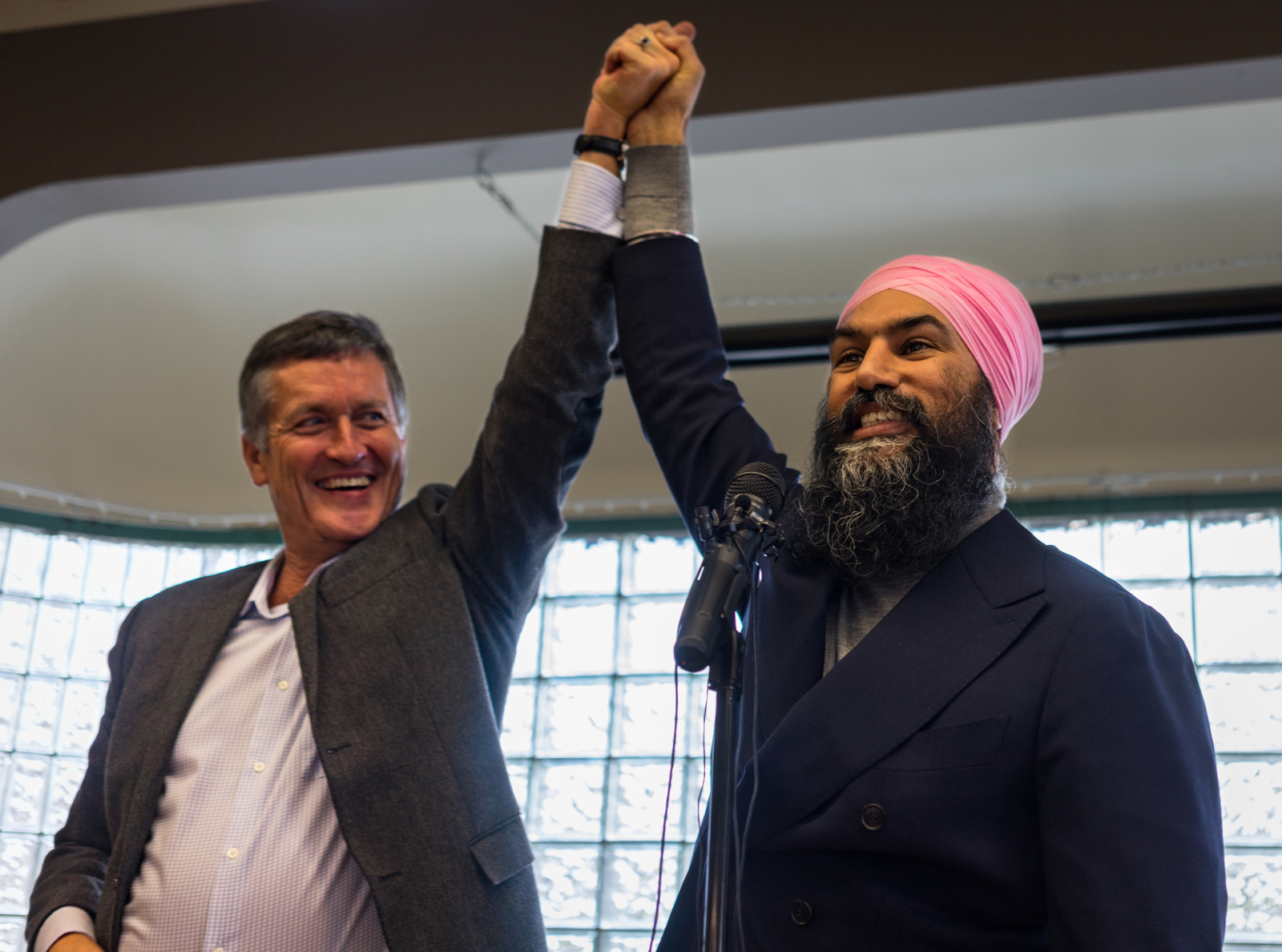
SINCLAIR SPEAKS Author, educator and columnist Dr. Niigaan Sinclair spoke at St. Mary Magdalene Church Tuesday evening about all sides of the legacy of Sir John A. Macdonald. (Jason Parks/Gazette Staff)
In a Letter to the Editor (Nov 22, Picton Gazette) Paul Allen wrote:
“Good morning, Councillors
On Tuesday evening I attended a presentation by Dr. Niigan Sinclair on Sir John A Macdonald’s mistreatment of Indigenous children, women, and men in Canada.
I understand that Dr. Sinclair’s presentation was the first in a series of talks that is being scheduled in the County – and that is sponsored, at least in part, by the municipality.
The launch of this series is meant to coincide with the re-installation of “Holding Court” – a sculpture depicting the start of Sir John A Macdonald’s legal career in Picton – in front of the public library on Main Street.
I admit that I’ve not been particularly conscientious in my own response to Dr. Sinclair’s father’s call for truth and reconciliation. I learned many profoundly troubling things about the abuse of Indigenous peoples in Canada on Tuesday evening.
I’d heard of various controversies surrounding public monuments to Sir John A Macdonald and other figures who played major roles in this shameful part of our nation’s history, though I hadn’t paid any of them especially close attention.
On Tuesday evening, I learned much more about how different communities across Canada have been struggling with these difficult issues.
Which brings me to write to you this morning.
I would like to make a deputation to Council on November 26, 2019; meanwhile, I respectfully submit that Council should defer the re-installation of “Holding Court” until there’s been further opportunity for residents in the County to learn of this pending change in our common space and to share their perspectives with Council.
I worry that no amount of interest in people’s opinions after the fact will make up for an apparent lack of interest beforehand.
Thank you.
Paul Allen, Picton
The presentation that Mr. Allen that Mr Allen refers to was given by Dr. Nigaan Sinclair, the son of Dr. Murray Sinclair of the Truth and Reconcilliation Commission.
In his presentation describing Sir John A. Macdonald’s legacy, Nigaan Sinclair said,
“I’m aware of his vision of the railway, of a united Canada which we have all inherited. I’m aware he was driven, unwavering, forceful and the prototypical dream of every Canadian. I know that he is the vision that Canadian’s want to imagine themselves as and that even in his death, as Wilfred Laurier said, he is the history of Canada itself. But here is where we get honest. I’m a bit tired of having to defend the merits of Macdonald, because the conversatoin goes as follows: he is a man of his time. He needs to be viewed in the context of the way people viewed the world at that time. We need to forgive him for his complicatedness.”
“Violence is violence is violence,” echoed Sinclair. “What I mean by that is Macdonald’s career, while remarkable and important and impactful, is defined by incredible brutal and draconian violence, particularly against Indigenous Peoples.
“Violence is violence is violence.”— Dr. Niigan Sinclair
“He is the primary perpetrator of genocide against Indigenous People, something that Prime Minister Justin Trudeau has acknowledged, recognized and accepted responsibility for. If the Prime Minister of of a country acknowledges genocide has occurred and the perpetrator is the man we’re speaking about tonight, it’s worth having a conversation and using the word itself.”
So what does the statue actually say to our children? At the very least, just re-positioning the statue must include a plaque that describes Macdonld’s full legacy: father of Confederation and perpetrator of the ongoing Indigenous genocide.
Here is where we need to be honest. Violence is violence is violence.
—



















